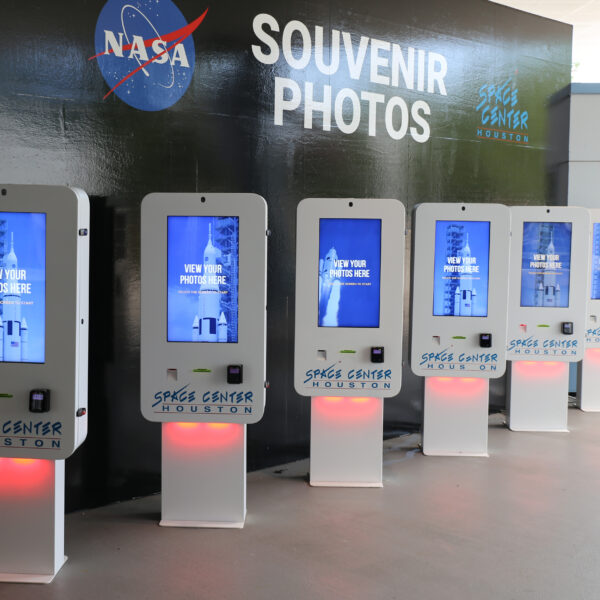
Kiosks
Close
Kiosk Industries


When manufacturing point of purchase displays, the prototyping stage is an important step in the overall process. Retail display prototypes serve as the bridge between initial ideas and the final shopping experience. They enable brands and manufacturers to perfect concepts and assess function, ensuring the final rollout fulfills all the requirements expected of the program.
This article highlights the key reasons why prototypes are an essential part of launching a successful display program.
A display prototype is a full-scale model built from design and engineering plans. It serves as a preliminary representation of the size, layout, functionality, and aesthetics of the planned display design. Brands interact with this example and make any changes before the final, large-scale rollout.
Prototypes provide many advantages and insights to clients prior to a production run.
Ensure footprint and size meet brand requirements.
Building a retail display prototype allows brands to visualize how much space the display will occupy onsite. This is important because if the display is too large, it can be challenging to place in smaller stores, limiting its accessibility to target markets. If needed, a prototype allows clients to adjust dimensions, ensuring the merchandising display fits seamlessly in different retail spaces.
Prove out the 3D renderings.
While 3D renderings provide a digital preview, a physical prototype can verify the design translates well to reality. In this stage, clients can identify any design flaws or structural issues that aren’t always apparent in a rendering.
Approve fit and materials.
There’s no substitute for seeing and touching materials in person, and building a prototype with the exact materials and right colors can offer a hands-on experience that ensures the chosen substrates align with the desired brand image.
Guarantee first-off prints and imagery is correct.
Retail display prototypes let brands evaluate how printed graphics appear on the display, ensuring the colors are accurate, images are properly cropped, and overall visual impact is accurate.
Check interactivity with products on display.
Interactivity is key when showcasing products. A physical prototype enables clients to simulate the customer experience and determine if products are easily accessible and well-presented. This step allows adjustments to be made to product placement, shelving, or other interactive elements.
Test security features.
Security features like door locks and product holders protect valuable merchandise from theft or tampering. Display prototypes allow clients to test these parts and make final approvals.
While retail display prototypes offer a chance for brands to revise the final production run, these changes are typically minimal.
Frank Mayer display expert Jay Rivard explains, “This is a result of the many conversations had with the client during the engineering phase.”
He goes on, “Setting expectations during engineering allows for us to meet our clients’ needs with the prototype, which translates to fewer revisions needed during this stage.”
Even so, if changes are required, the prototype stage offers a final opportunity to do so before producing a large quantity of displays.
When investing in a retail display program, it’s wise to take advantage of the many benefits the prototype phase offers. Using this stage to perfect the concept and ensure the final design meets all program requirements increases the chances of a successful launch at retail.